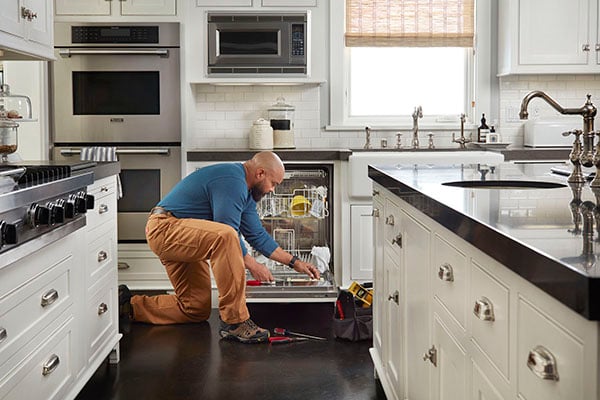Making the Numbers Work: How to Calculate Whether Refinancing Is Right For You
Deciding whether or not to refinance your home requires a little bit of math. Fortunately, it all boils down to a relatively simple equation.
Your break-even point is a simple calculation to determine when you’ll actually start saving money from your refinance. Refinancing is likely a good idea if you are planning to continue living inside the house beyond the break-even point.
Here’s how to calculate your refinancing break-even point:
Break-Even Period = Total Refinancing Costs / Monthly Savings
For example, let’s say your refinancing closing cost is $5,000, and you learn refinancing will save you $250 monthly on your mortgage payments.
Your break-even point would equal $5,000 divided by $250 per month, or 20 months. After 20 months, you would have paid off the closing costs and would begin to see significant savings every year.
Key Financial Factors to Consider
Plenty of factors influence your new loan rate and your monthly payment. Before moving forward with refinancing your mortgage rate, make sure to take a closer look into these elements:
- Home equity: If you have less than 20% equity on your home, refinancing could require private mortgage insurance—another monthly expense.
- Your credit score: As we mentioned earlier, your credit score greatly impacts the rate a lender is willing to offer you. Getting your credit score in good shape is an excellent move before talking to a loan officer.
- Your debt-to-income (DTI) ratio: Your DTI compares your monthly debts to your monthly income, and it’s an important yardstick lenders use to determine how favorable their terms can be for you.
- Your loan terms: Extending your loan term (e.g., refinancing a 15-year mortgage into a new 30-year mortgage) will reduce monthly payments but increase interest paid over the life of the loan. A shorter term, while more expensive monthly, often saves significantly in interest.
- Closing costs: Refinancing is a major transaction that incurs its own closing costs, typically 2-5% of the loan amount. Refinancing might not be worth it if you can’t afford the closing costs.
From Refinancing to Relaxing: Don’t Worry, Be Warranty
Speaking of smart money moves, here’s one that’s sure to make your wallet smile: purchasing a new home warranty from American Home Shield.
Just as refinancing helps manage your mortgage costs, a home warranty helps manage unexpected repair and replacement costs for your home’s covered systems and appliances. So the next time your water heater decides to take an early retirement or your AC needs an unexpected upgrade, you’ll be glad you planned ahead.




